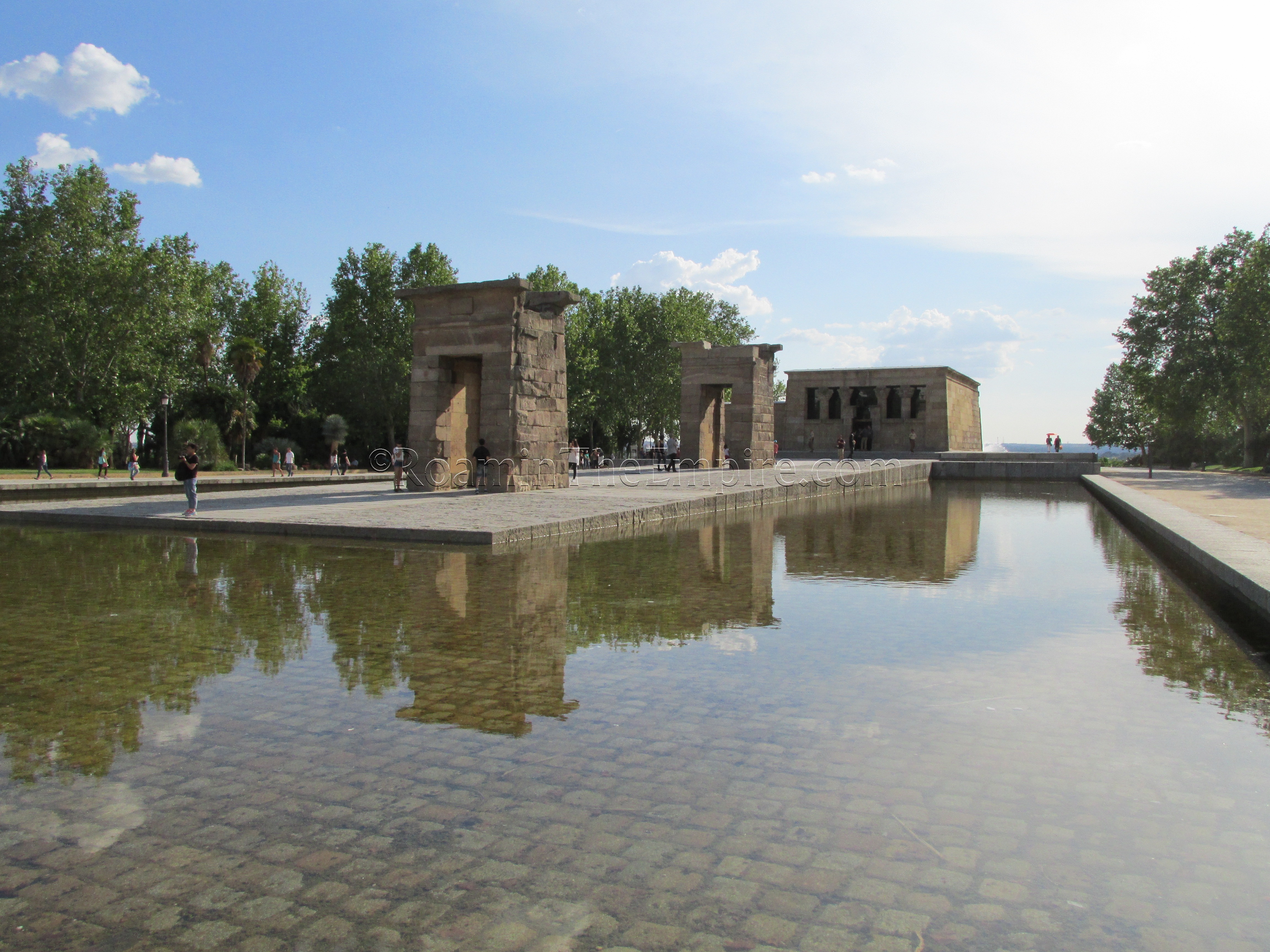
Most Recent Visit: June 2016
Quick Info:
Address:
Calle Ferraz, 1
8008 Madrid
Hours:
Tuesday-Sunday 10:00-20:00
Monday Closed
Admission: Free
The capital of Spain, though having a significant place in history in the medieval and modern periods, doesn’t seem to have been the site of a significant settlement in antiquity. There is some evidence to suggest a pre-Roman settlement in the area of Madrid, but during the Roman period, there are only the scattered remains of rural villas in the vicinity of Madrid. Therefore, Madrid would not seem to offer much in the way of Roman archaeology outside of the Museo Arqueológico Nacional.
There is, however, one other bit of archaeology in Madrid associated with the Romans; the Temple of Debod. The Temple of Debod came to Madrid from near Aswan, Egypt in 1970. With the building of the Aswan High Dam beginning in 1960, concerns were raised that the construction of the dam would lead to many archaeological sites south of the dam being inundated by the resulting Lake Nassar that would be created. Subsequently, UNESCO undertook a Nubia Campaign in order to rescue some of these sites while the dam was being constructed.
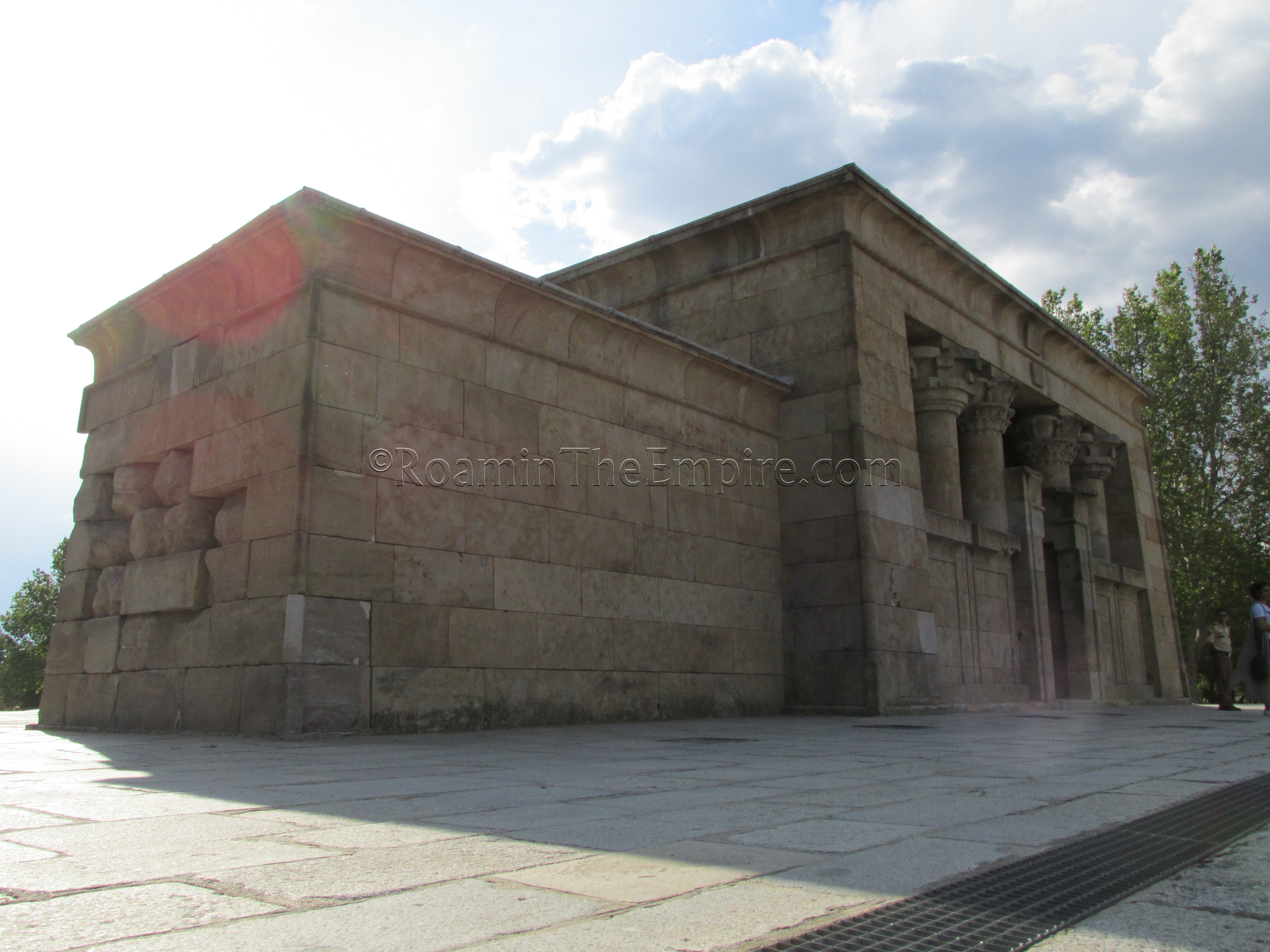
Most of the archaeological sites that were rescued by the UNESCO campaign were disassembled and reassembled along what would be the banks of Lake Nassar or moved to the Sudan National Museum of Khartoum, a few were given as gifts to countries that played a significant role in the rescue operation. The Temple of Dendur was given to the United States, where it is now displayed at the Metropolitan Museum of Art in New York City. The Temple of Taffeh was gifted to The Netherlands and it now stands in the Rijksmuseum van Oudheden in Leiden. The Temple of Ellesyia was given to Italy and is now in the Museo Egizio in Turin.
The Temple of Debod was given to Spain as thanks for their involvement in the UNESCO project, and after being disassembled in Egypt, the temple was reassembled between 1970 and 1972 in its current location in the Rosaleda del Parque del Oeste in the northwest area of Madrid. The placement in Madrid was done to preserve the original directional orientation of the temple when it was in Egypt.
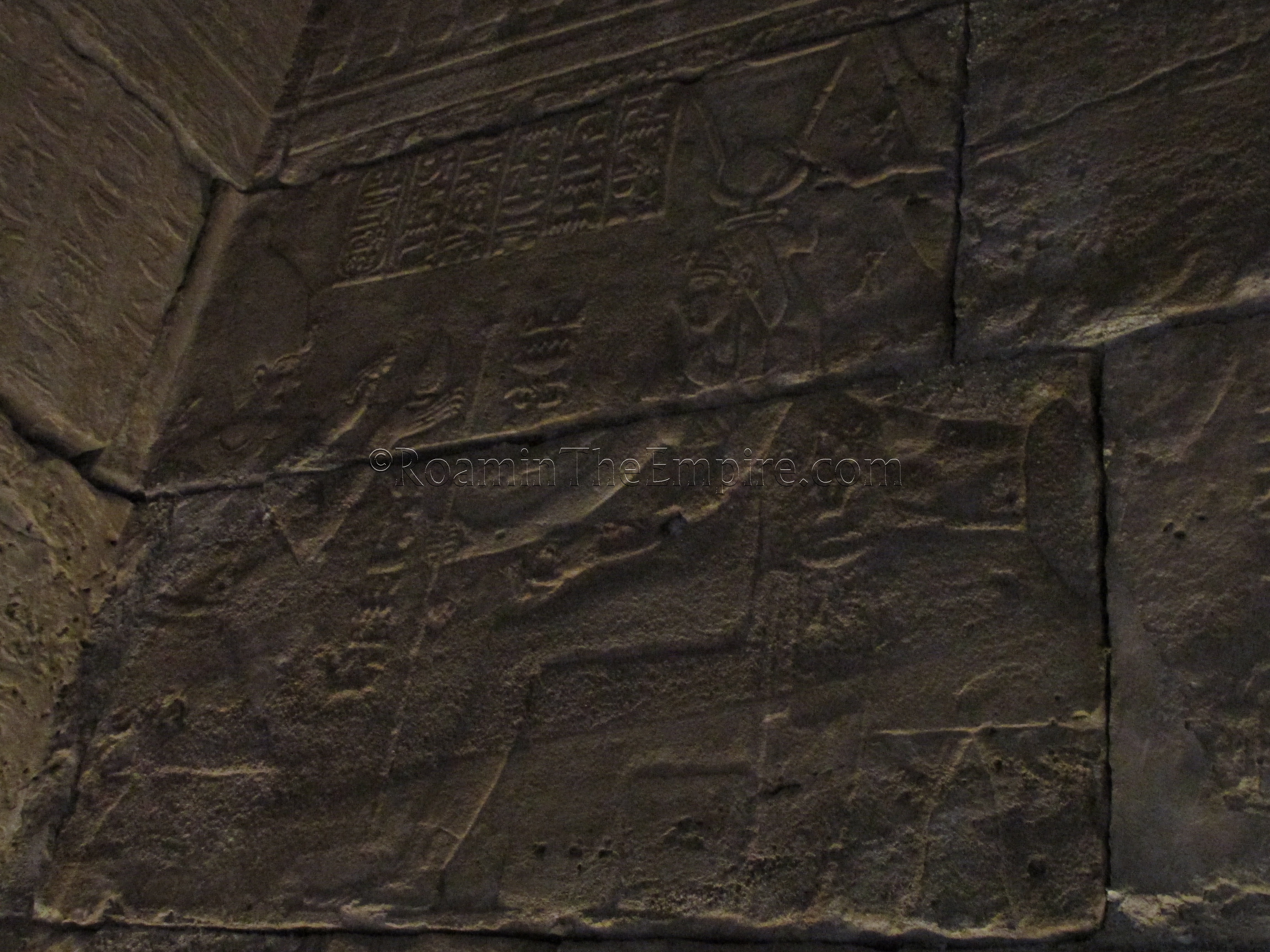
The temple was originally constructed on the Nile River, about 15 kilometers from the first cataract, by the Kushite King Adikhalamani of Meroe in the 2nd century BCE. A rebellion against Ptolemy IV in the southern part of Egypt allowed Adikhalamani to extend his own control up to the first cataract of the Nile. The temple, which originally consisted of a small chapel, was dedicated to Amun and Isis and the decorative program includes images of the king making offerings to those and other gods.
The area was later reconquered by Ptolemy VIII and the temple was subsequently expanded from the small chapel to a proper temple with a terrace, new chapel, and pylon. Ptolemy XII expanded it to include a second shrine to Amun of Debod. After the Roman conquest of Egypt in 30 BCE, the façade and vestibule were decorated with scenes related to Augustus. In addition, at some point during the Roman period the temple was again expanded include a processional way, a Nile terrace, two pylons, and an additional chapel.
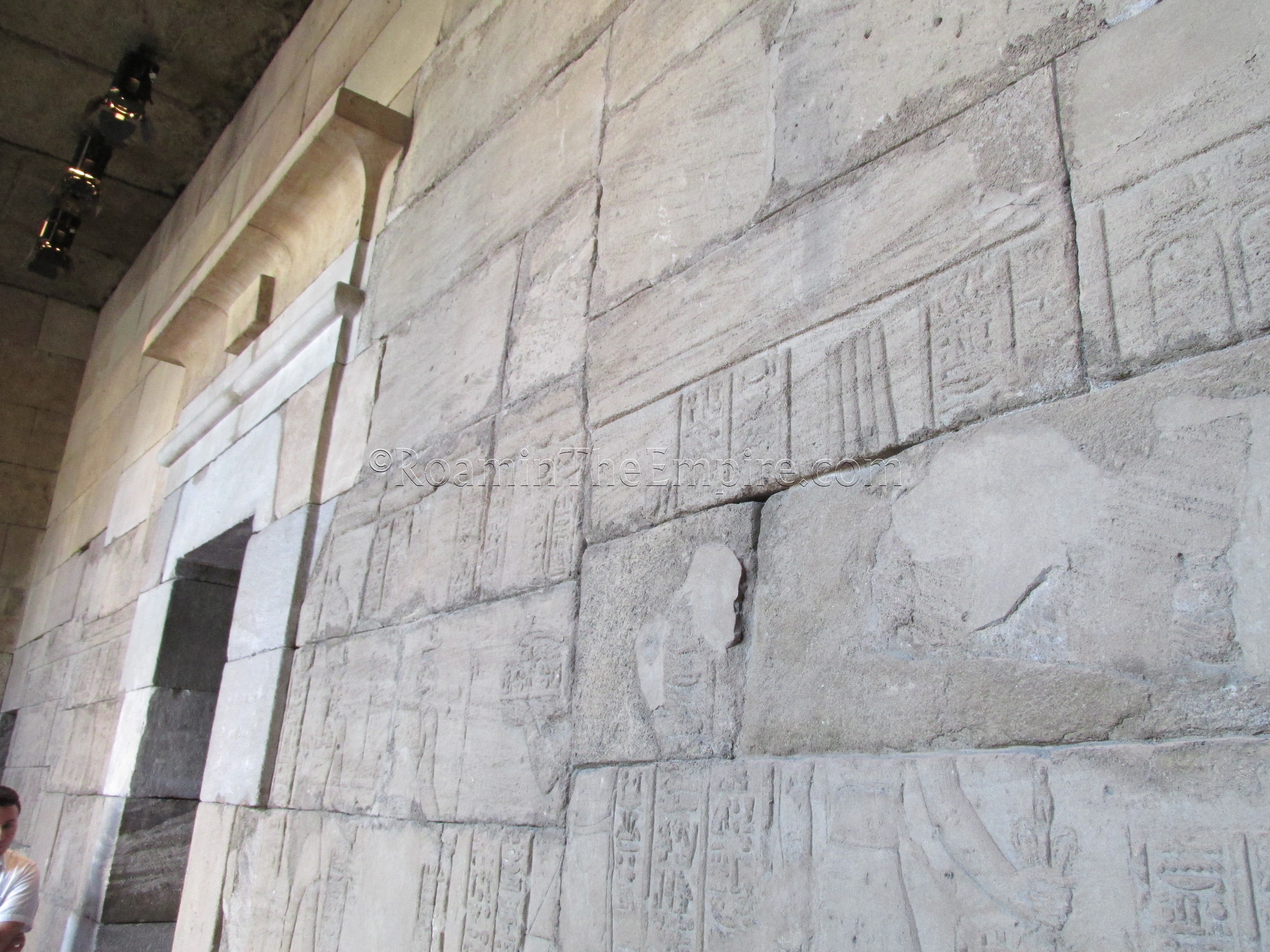
Getting There: The park in which the temple stands is easily reachable by almost any mode of transport in Madrid. Three metro stations are within half a kilometer of the temple. The Plaza de España metro station to the east of the temple serves line 3 and 10, while the Ventura Rodríguez stop northeast of the temple also serves line 3. To the south of the temple, the Príncipe Pio metro stop serves line 6 and 10. At Príncipe Pio there is also a Madrid Cercanías stop for the C1, C7, and C10 lines. Several bus lines also pass within a close proximity to the park, but bus line 74 is the closest, stopping nearly right in front of the temple.
The Temple of Debod is open from Tuesday to Sunday between 10:00 and 20:00, with the last entrance at 19:45. The temple is closed on Monday and on public holidays. Entrance is free.
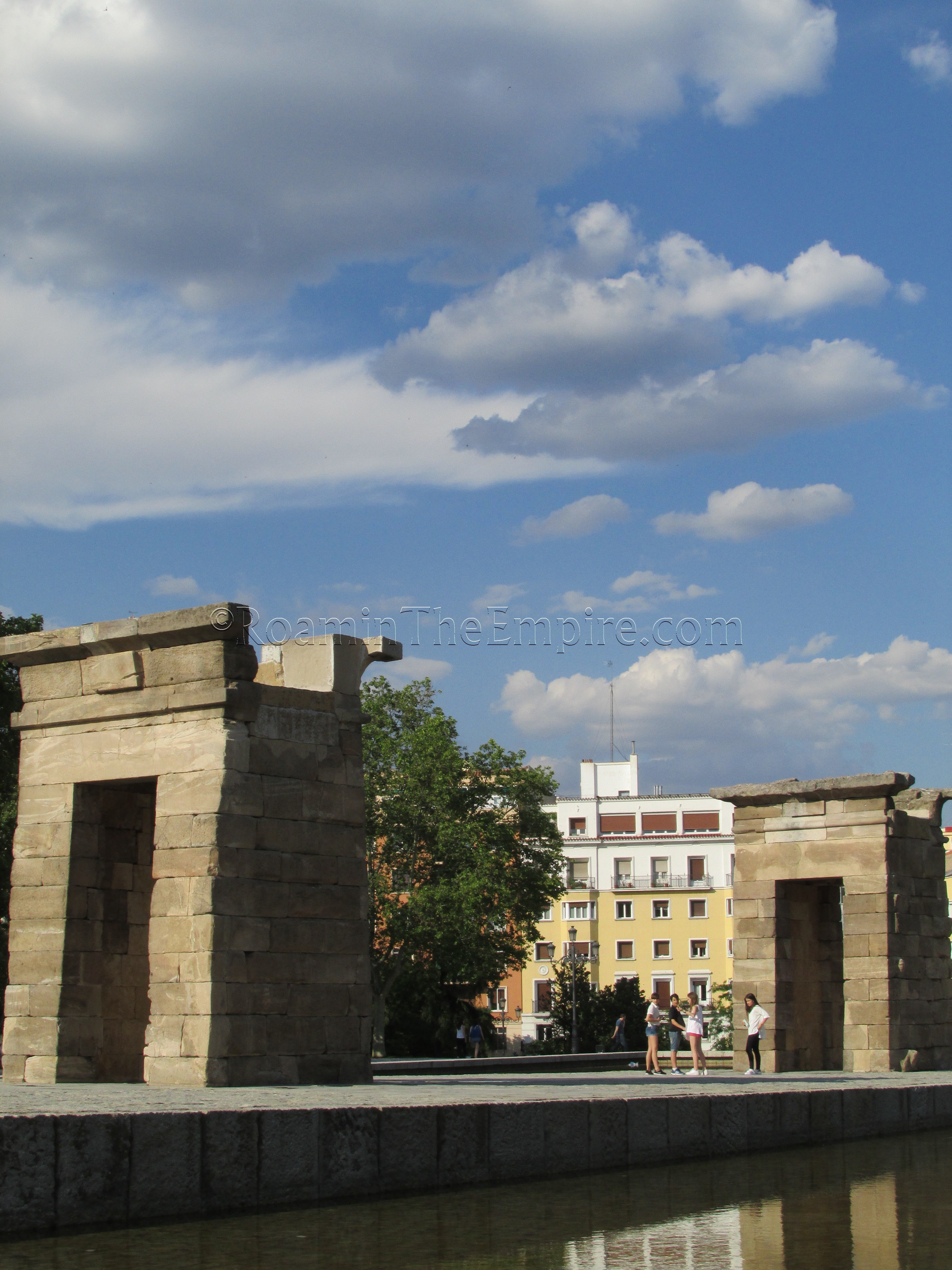
There are a few elements of the temple that are definitively datable to the Roman works on it. The first is the portal that is furthest away of the two from the temple in its present set up. There was also a third portal that also belonged to the Roman expansion, but that portal seems to have been destroyed at the beginning of the 20th century.
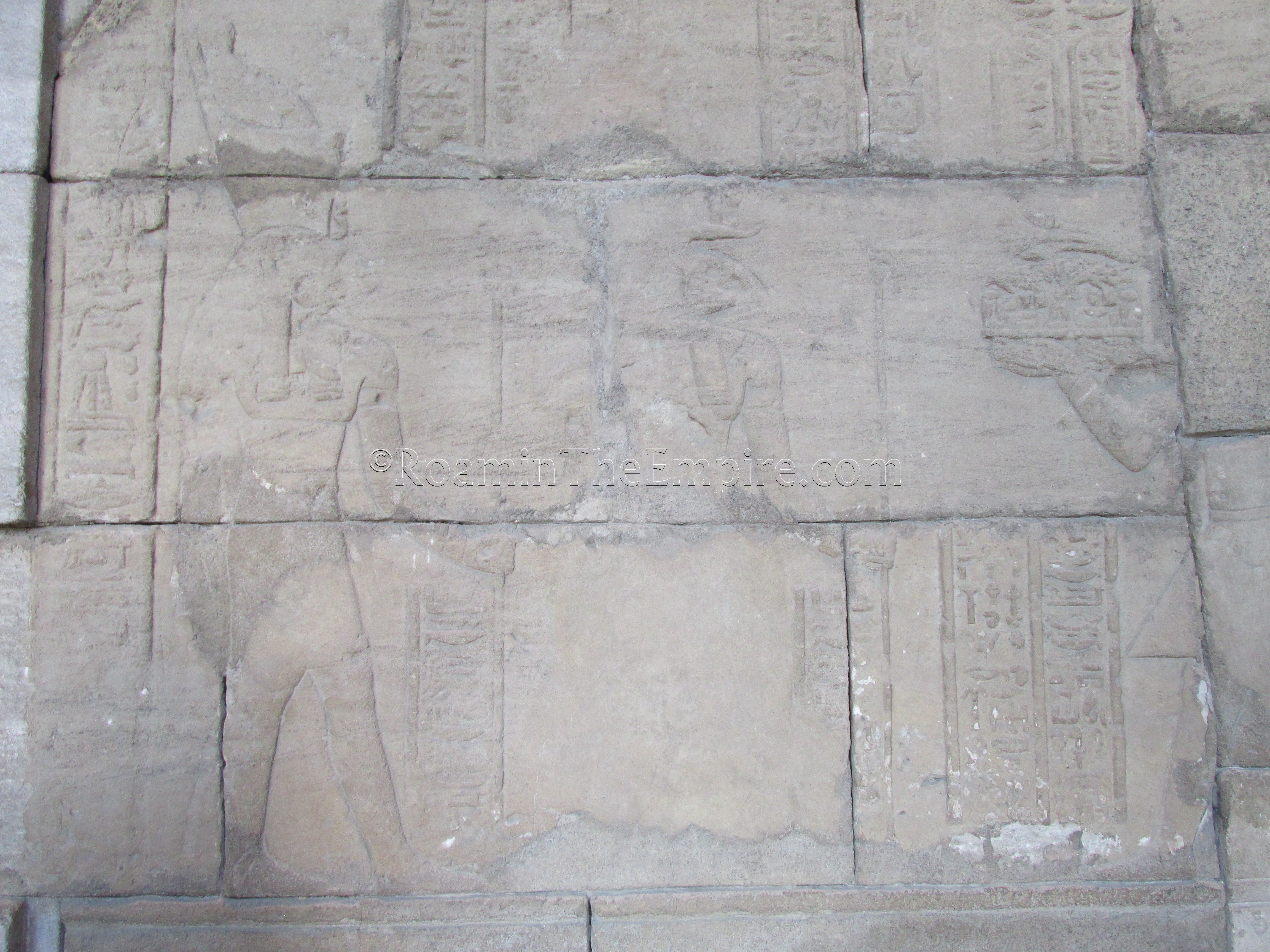
The pronaos/vestibule of the temple is of Roman origin. This is most clearly evident by the decoration on the west wall of this room. There are a series of four scenes showing Augustus making offerings to various gods. On the first panel, the furthest to the left of the entrance to the main temple, Augustus offers provisions to Amun and Minos. The adjacent scene, to the immediate left of the temple entrance, Augustus offers two vessels to Thoth of Pnubs.
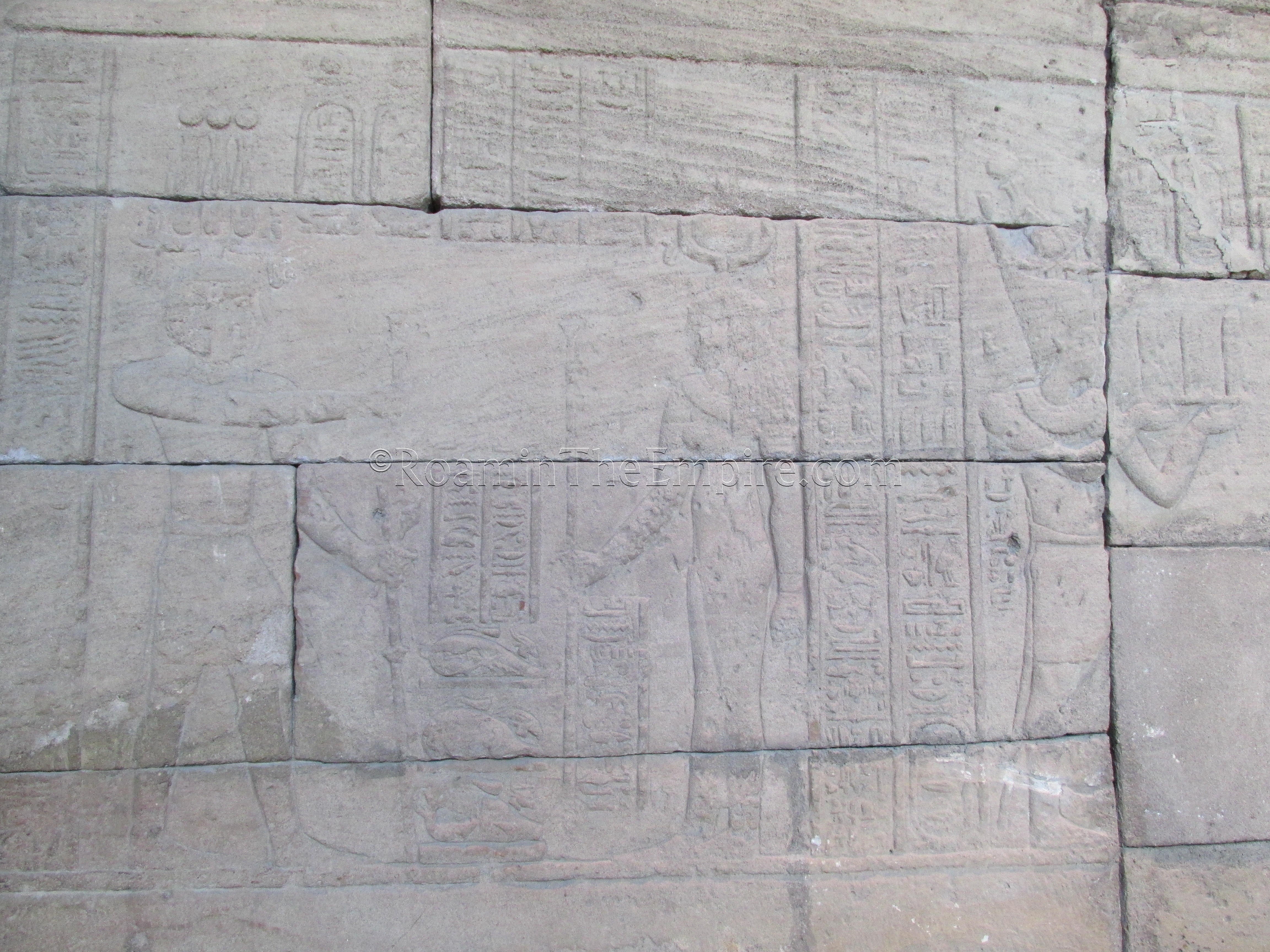
Immediately to the right of the temple entrance is a scene of Augustus offering a sacrifice of three animals to Isis. Next to that, to the far right of the entrance, Augustus offers three reeds, symbolizing the fields, to Osiris and Isis. In all four panels, Augustus is the figure closest to the temple entrance (the farthest right figure in each of the first two panels, and the farthest left in each of the last two panels).
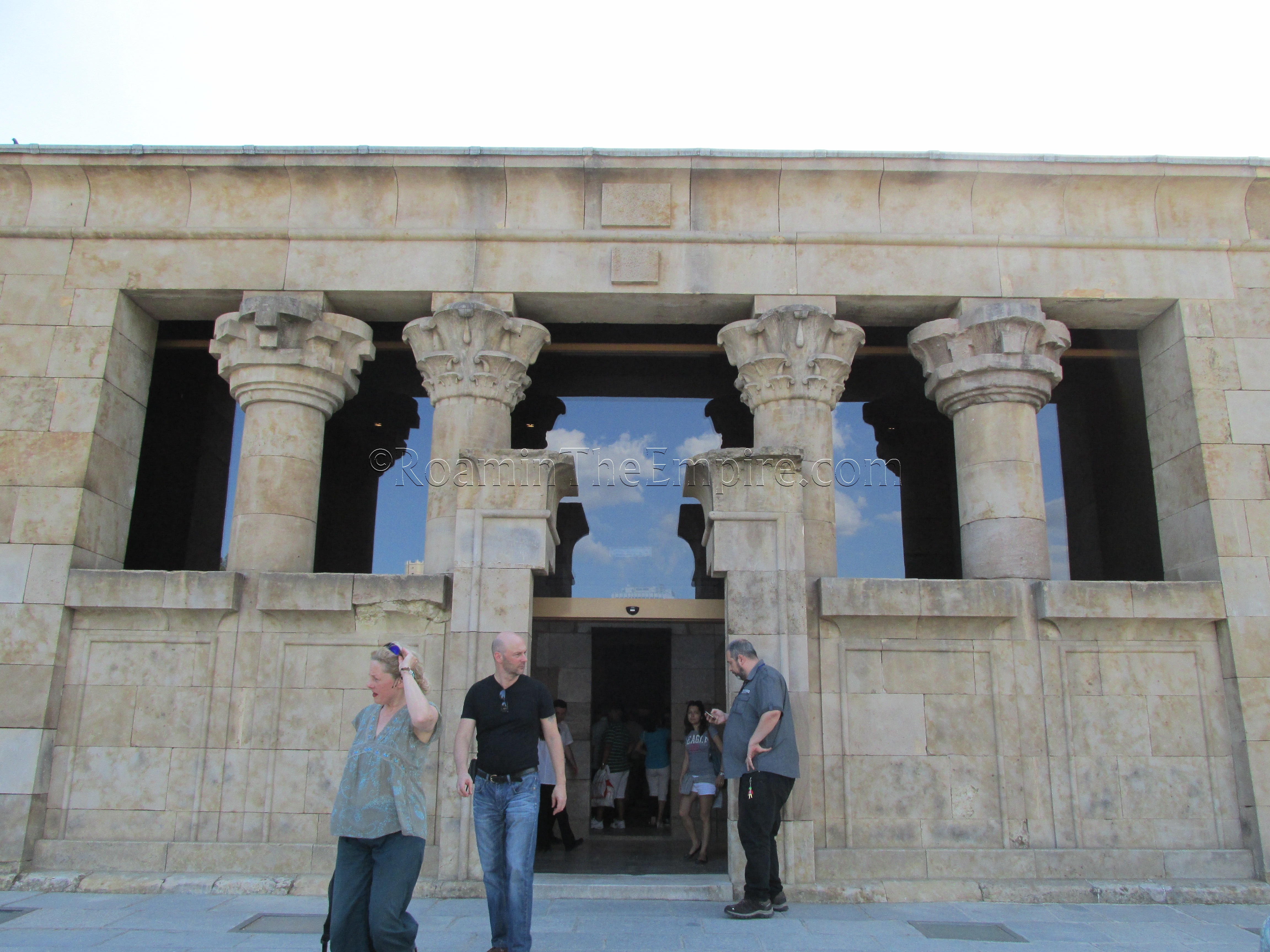
Finally, the front façade, as a construction of the pronaos/vestibule, was also constructed during the Roman period.
The remainder of the temple carries some vestiges of the Ptolemaic additions, but the majority of the remaining decorative program dates to the Adikhalamani construction and features Adikhalamani making offerings or interacting with various gods in the chapel.
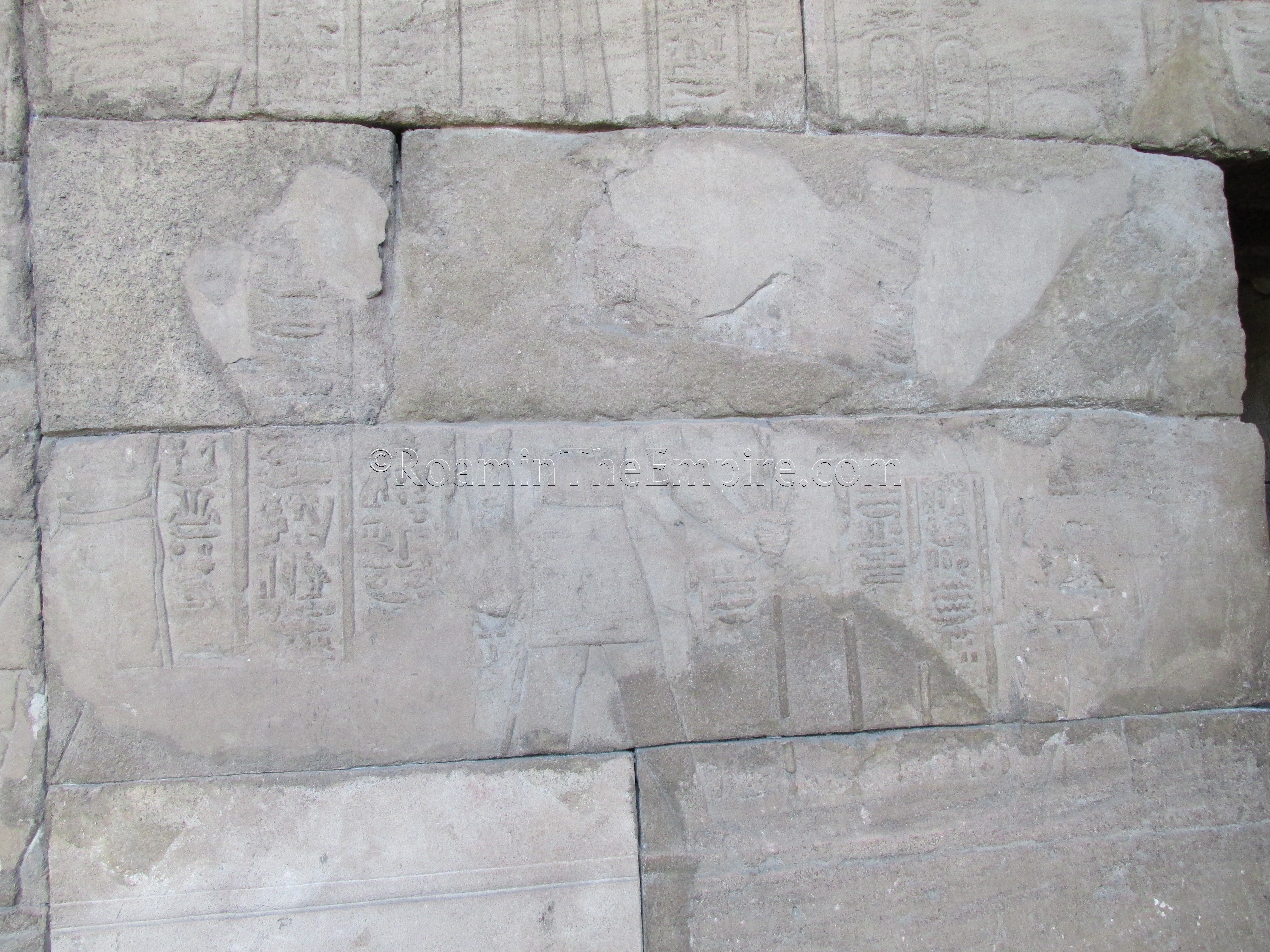
While there is no entrance fee to the Temple of Debod, entrance is regulated. Because the temple is relatively small, only a certain number of people are allowed inside it at any given time (supposedly 30). For this reason, it can end up being a bit of a wait to get into the temple. I went on a Friday afternoon and ended up waiting probably about 15 minutes to get in. The wait time will wholly depend on how fast people are moving through, though. Even with the capacity restrictions, the interior of the temple is quite cramped, particularly the Adikhalamani chapel, which in addition to being narrow, is where most of the Adikhalamani scenes are located, and so it is where a fair amount of people linger to read about and view the scenes. While the nature of the scenes are not explained, there are placards with pictorial representations and descriptions (in English and Spanish) of the scenes.
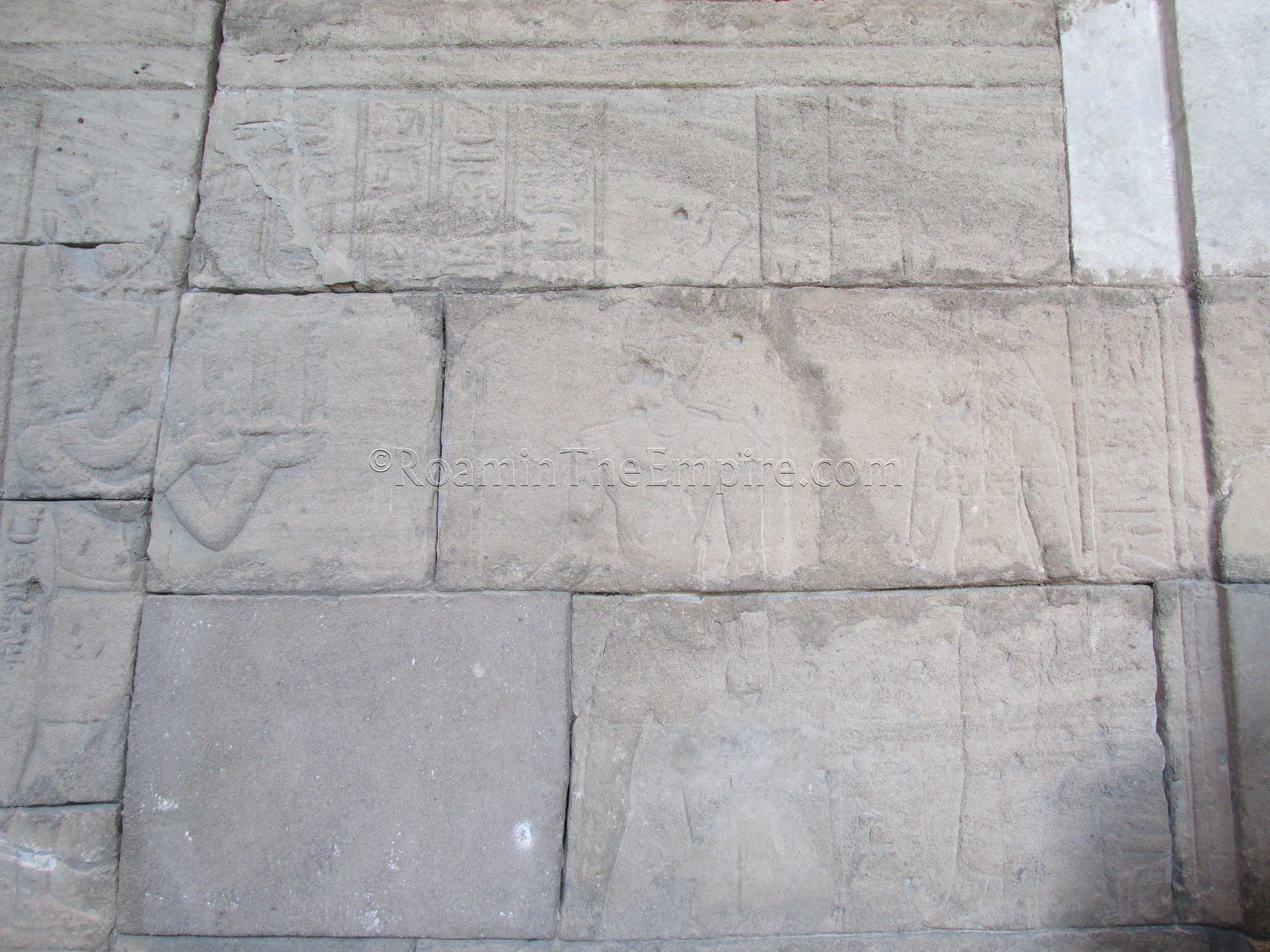
Overall, a visit to the Temple of Debod is well worth the effort. Depending on the wait time, it’s easily doable in under an hour and is free. It also happens to be one of just a few such monuments that can be seen outside of Egypt. The Roman aspect is kind of limited, but it’s certainly there, and the temple is definitely of a wider archaeological, cultural, and historical interest beyond that as well.
Sources:
Ayuntamiento de Madrid website.
Site Placards.



